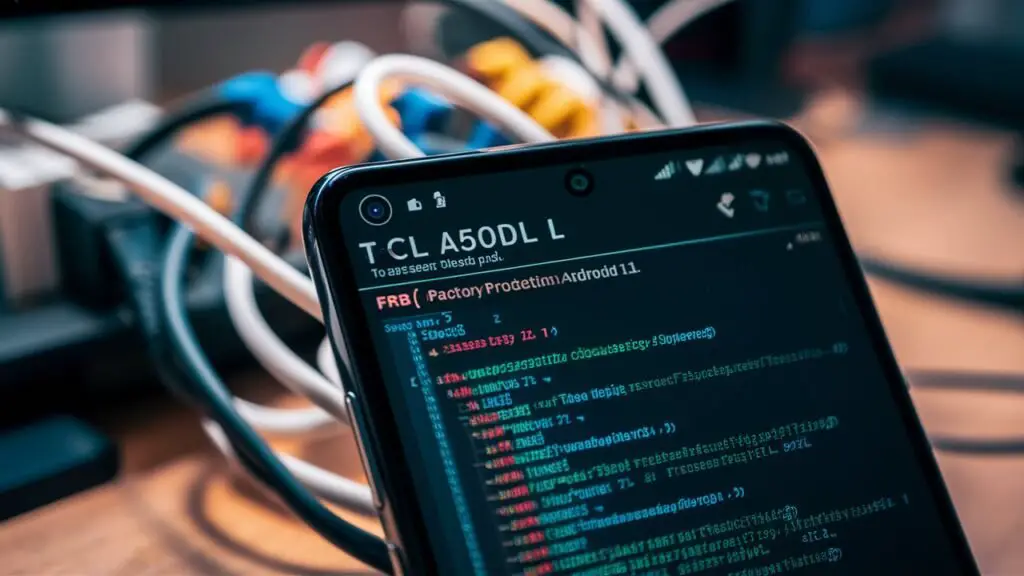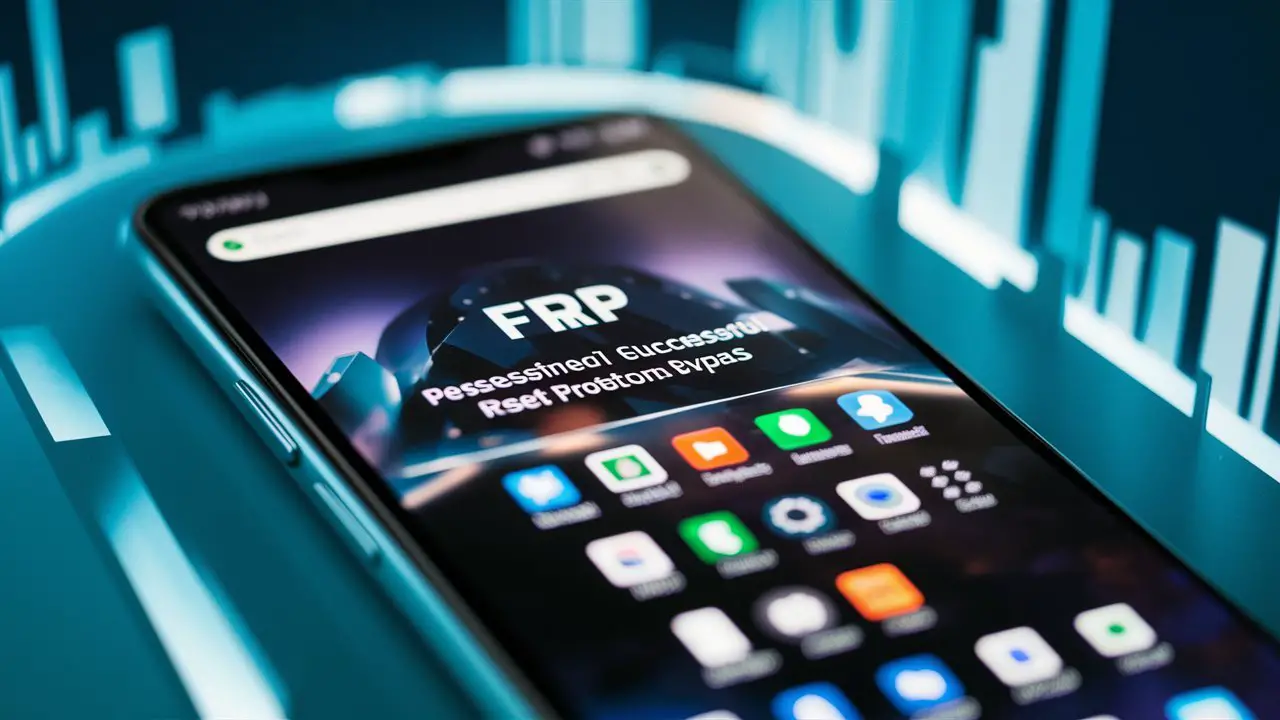In the age of advanced mobile security features, bypassing Factory Reset Protection (FRP) has become a crucial skill for users facing locked devices, especially those using TCL A509DL running Android 11. FRP bypass allows users to regain access to their devices when locked out, ensuring they can continue using their phones without data loss or inconvenience.

What is FRP Bypass?
Factory Reset Protection (FRP) is a security feature implemented by Google on Android devices to prevent unauthorized access after a factory reset. However, in certain situations, users may find themselves locked out of their devices, necessitating the need for FRP bypass. This process involves circumventing the FRP lock to regain access to the device’s functionality.
Methods of FRP Bypass
Traditional Methods
Traditional FRP bypass methods involve using certain key combinations or software loopholes to bypass the FRP lock. While these methods can be effective, they often require technical expertise and may not work on all devices.
Third-party Tools
Alternatively, users can opt for third-party FRP bypass tools, which offer more user-friendly interfaces and higher success rates. However, caution must be exercised when using such tools, as they may pose security risks and violate device warranties.
Risks and Precautions
Before attempting FRP bypass, users should be aware of the potential risks involved, including data loss and device damage. It’s essential to take precautions such as backing up data and ensuring the device is fully charged before proceeding with bypass methods.

Step-by-Step Guide to FRP Bypass on TCL A509DL (Android 11)
Preparation
Before initiating the FRP bypass process, users should back up their data to prevent any potential loss. Additionally, enabling USB debugging on the device is necessary to establish a connection with the bypass tool.
Bypass Process
To bypass FRP on TCL A509DL running Android 11, follow these steps:
- Download and install the recommended FRP bypass tool on your computer.
- Connect your locked device to the computer using a USB cable.
- Launch the bypass tool and follow the on-screen instructions to initiate the bypass process.
- Once the bypass is successful, restart your device and set it up as a new device.
FAQs About FRP Bypass on TCL A509DL
Is FRP Bypass Legal?
FRP bypass legality varies depending on the user’s intent and local regulations. While bypassing FRP for personal use may not be illegal, using bypass methods for unauthorized access to devices is against the law and can result in legal consequences.
Will FRP Bypass Void Warranty?
FRP bypass may void the device’s warranty, as it involves modifying the device’s software, which is typically prohibited under warranty agreements. Users should proceed with bypass methods at their own risk and be aware of potential warranty implications.
Can FRP Bypass Cause Data Loss?
While FRP bypass itself does not cause data loss, there is a risk of data loss if the bypass process is not executed correctly. It’s essential to back up all important data before attempting FRP bypass to prevent any potential loss.
Is FRP Bypass Safe?
The safety of FRP bypass depends on the method or tool used. While some bypass methods may be safe and reliable, others may pose security risks such as malware infection or data theft. Users should exercise caution and research thoroughly before using any bypass tool.
How Long Does FRP Bypass Take?
The duration of FRP bypass can vary depending on factors such as the method used and the device’s specifications. On average, the bypass process can take anywhere from a few minutes to an hour.
Are There Alternatives to FRP Bypass?
Yes, there are alternative methods for unlocking devices, such as contacting the device manufacturer or service provider for assistance. However, these methods may not always be feasible or effective, making FRP bypass a preferred option for many users.
Conclusion
In conclusion, FRP bypass is a valuable solution for TCL A509DL users facing locked devices. By understanding the risks, precautions, and methods involved, users can safely regain access to their devices without compromising data security or device integrity.




